HOA board members are confronted with many different insurance terms that appear to have similar meanings. “Evidence of insurance” and “certificate of insurance” are just two examples. To help you avoid the confusion surrounding these terms, we will explain the differences between evidence of insurance and certificates of insurance and how they are used.
Proof of Insurance
Understanding proof of insurance is the first step in differentiating evidence of insurance from certificates of insurance.
Proof of insurance documents are used to show that an individual or entity has insurance coverage. Examples would include personal medical insurance cards or car insurance ID cards. While proof of insurance documents are not binding, meaning that they do not create or function as an insurance contract, they are useful for showing the types of insurance policies someone has at the time the proof of insurance is issued.
Evidence of insurance and certificates of insurance are two kinds of proof of insurance that are used in different circumstances.
Evidence of Insurance
Evidence of insurance forms are used to show the types of first party coverages an individual or entity has. First party coverages protect the insured from losses resulting from injuries to themselves and damages to their belongings and property. For example, first party insurance coverage would be used to cover fire damage to the community clubhouse.
Types of first party coverages include commercial property insurance and life insurance.
For residential properties and small commercial properties, evidence of insurance is conveyed using an insurance form called ACORD 27. This form can also include mortgage information.
Another form, called ACORD 28, is used for evidence of insurance for large commercial properties.
Certificates of Insurance
Certificates of insurance are used to show the types of third party coverages an individual or entity has. Third party coverages protect the insured from liability for injuries or damages caused to other people or their belongings and property. For example, third party liability coverage is used to cover damages a driver causes to someone else’s vehicle; the other driver is the third party.
Types of third party coverages include commercial general liability insurance and umbrella insurance.
A certificate of insurance is conveyed using an insurance form called ACORD 24. Sometimes, although not strictly accurate, an ACORD 24 form will also include property insurance coverage (a type of first party coverage).
In short, evidence of insurance and certificates of insurance are very similar in that they are both types of proof of insurance. The main difference is that one should be used for first person coverages and the other for third person coverages.
If you have any other questions about how different kinds of proof of insurance are used, a Blue Lime insurance agent would be happy to speak with you.





